- Jul 09,2018
- Post Comments
Ten secrets to a fascinating backwater experience: Discover it!

Jeevan Krishnakumar
Chief Explorer
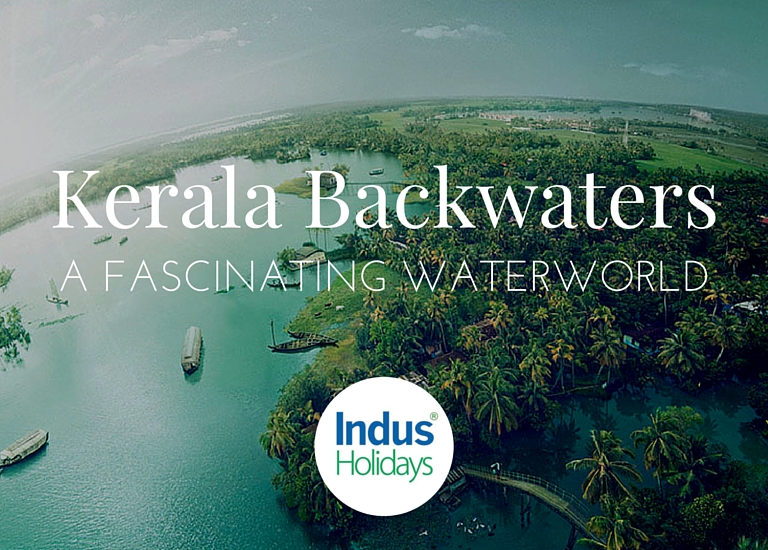
First of all, you are awesome! You are probably reading up on the most fascinating water world on earth with the dream of making it here someday. Right? Generations of my family lived beside coconut farms and harvested rice on our fertile fields based at my ancestral home in the backwater village of Kumarakom. As a local, my hope is that I can be one of the many helping hands in making your travel here truly memorable.

This write up is my way of inviting you home by letting you in on the best kept secrets of the backwater culture and giving you a feel of what the experience is about

While beaches and hills can be found in many other parts of India, the backwaters are very unique to Kerala. Basically, it is a natural phenomenon formed by a part of a river with little or no current which features small land strips, lagoons and a preserve-worthy ecological environment. In other words, the backwater is nature’s way of asking you to slow down!
Where are the backwaters?
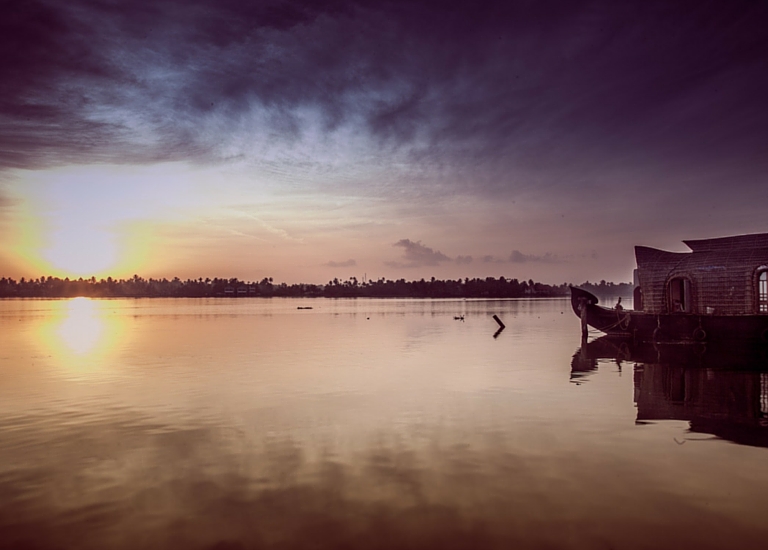
The backwaters are a huge interconnected waterway with close to 900 kms of canals bringing 38 rivers and 5 large fresh water lakes together. What I am coming to is that, the backwaters extend the entire length of Kerala and is not limited to a few famous places.

For a traveller, ‘The backwaters’ is an experience of which houseboats, preserved biodiversity, snake boat races, innovative agrarian communities, top class hospitality and a unique riverine culture all form a part.

The 3 most famous backwater regions are: India’s longest fresh-water lake - Vembanad (Kochi-Alleppey-Kumarakom), Ashtamudi Lake (Kollam in south Kerala) and North Kerala backwaters (Valiyaparamba and Kavvayi). I’ll brief on the specialities of each part towards the end of the article to help you chose a spot.
For now, as promised, I am going to virtually bring you to this palm-fringed landscape. The idea is to give you a feel of all the top experiences so that you don't miss out on any on your holiday here. Read on!
Learn from an innovative agrarian community
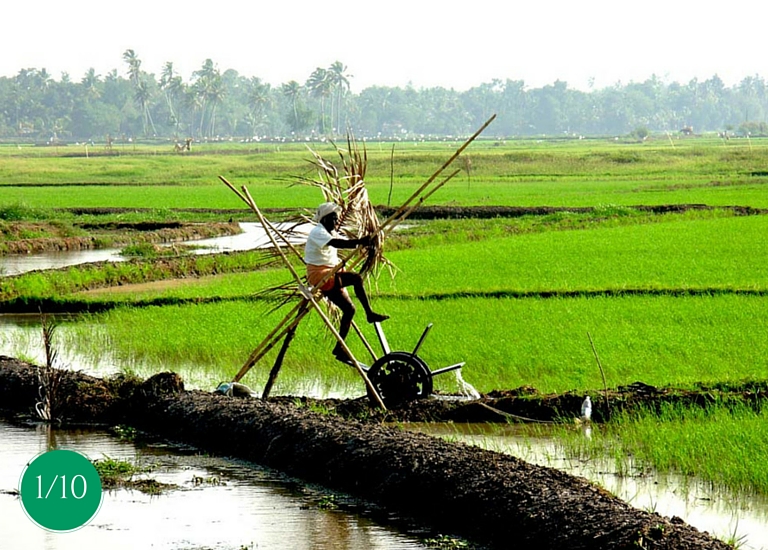
The typical Kuttanad landscape is an endless expanse of paddy fields dotted with islets of coconut palms by the fringes. It is indeed a staggering sight. These large farming areas were actually reclaimed from the lake and protected by eco-friendly bio bunds. Today, these lands are the backbone of Kerala’s rice cultivation. Besides rice, farmers of Kuttanad grow cash crops like tapioca, bananas, coconuts and cocoa.

Farmers of Kuttanad developed systems of cultivation 4-10 feet below sea level over one and a half centuries ago (heritage agriculture technology).

The backwater agrarian experience:
Kuttanad’s social-cultural fabric revolves around its innovative agrarian community and their chord of harmony with its natural setting. You will get the pulse of the land as you observe women folk heading towards the fields with their sickle, sowing seeds and removing weeds. You could also glimpse some old world technology like chakram, a wooden water wheel used to bail out water from the field. A duck herder and his flock isn't an unusual sight at the backwaters either.
The usual suspect: A houseboat cruise
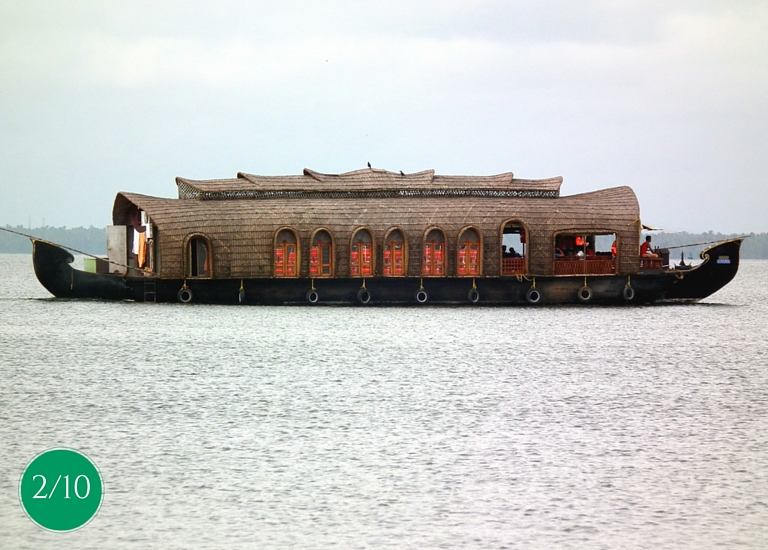
With all the creature comforts inside and the grand view of the countryside outside, it is easy to forget that you are on a boat. These houseboats were originally used to transport agricultural goods to towns from the backwater areas. Today they are full-fledged hospitality centres which qualifies as a quintessential Kerala experience.

A glimpse into the lifestyle of the backwaters from the vantage point of a houseboat can be an experience of a lifetime

The houseboat experience:
If you are in the midst of an endless expanse of calm water, all you will do is enjoy the rustic beauty and reminisce in some fond memories of life. From the vantage point of the houseboat you get a sneak peek into the water world lifestyle. You get to stop at many points, purchase fresh catch from the local markets, interact with the locals and indulge in the exquisite Kuttanadan style cuisine.
The Thrilling snake boat races (Vallamkali)
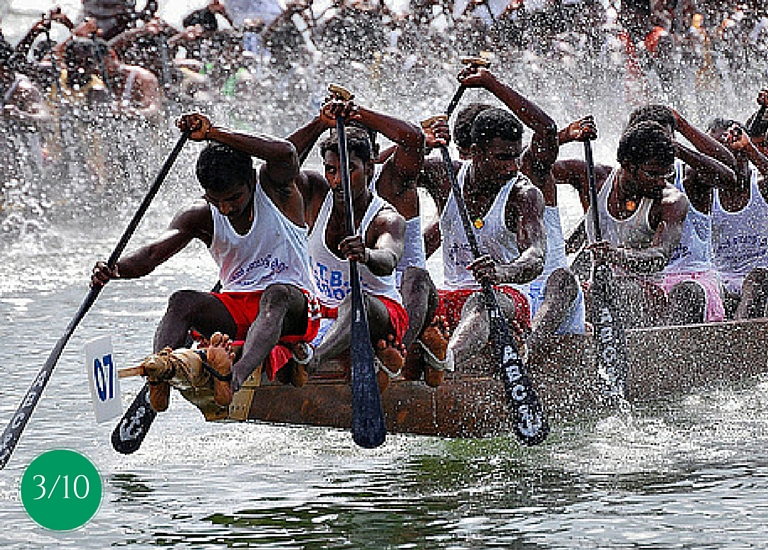
For a couple of days during the monsoon season, the calm backwaters of Kerala turn to an electrifying race course. Picture this: a 30 m long narrow boat with 100 odd muscular oarsmen, a singer in centre breaks into song - ‘arpu irroh’ sending the entire team into synchronised frenzy and the chief oarsman controls the entire boat from the highest point at 10 feet above water. There is pride at stake, passion for victory and the vibrancy of the backwater culture on display.

Snake boat races are the largest team sport in the world with traditionally a boat representing a backwater village in the competition.

What is it about this event that draws travellers from all over the world?
I guess it is the heightened emotion of the participants, the boat songs that fill the air and the genuinely thrilling sporting experience that makes this quintessential Kerala spectacle totally worthwhile. The event reflects the vibrancy of the backwater community with excellent team spirit, unity and celebration. Witnessing a snake boat race is immersing yourself in a cultural pursuit that is uniquely native and collecting some memories of Kerala you will never forget
Planning for a snake boat race:
There are about 5 main boat races and 15 odd minor ones in Kerala. The most popular snake boat races are held between July and November. Except for Nehru Trophy and President trophy races which occur on fixed days every year, most other race dates are according to the local Malayalam calendar and so they vary. If you are really wish to witness a race, you will have plan well in advance and get the best spots for the event. To make things easier I’ve created a slider on the most important boat races of Kerala.
Top 5 Snake boat races in Kerala
Did you know? There are some types of race boats were designed to help smuggling goods. An elaborate preparation schedule and worship rituals ensue months before the snake boat race events. Well, there is a lot of trivia to share, but I guess we’ll save the best for when you reach here.
Discover the art of coir making
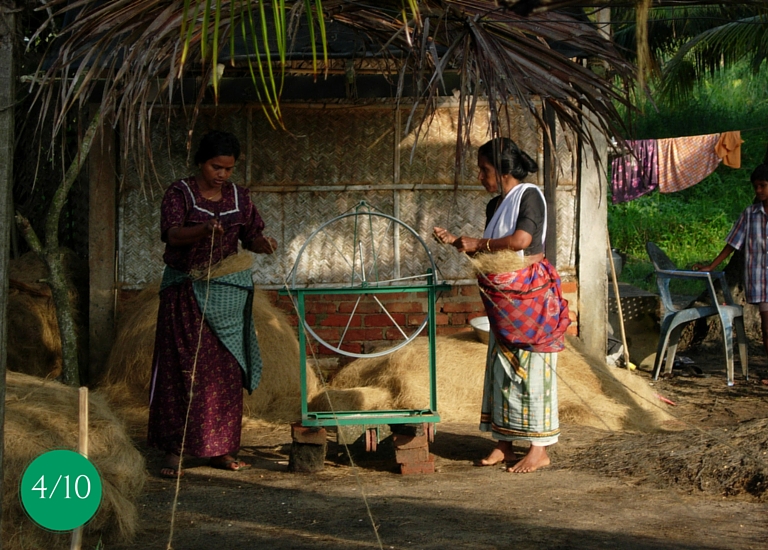
Did you know that the backwater villages of Kerala produces 60% of the total world supply of coir fibre? For the uninitiated, coir is the fibre of a dry coconut shell and it is used for insulation, making mattresses & ropes and shaping beautiful handicraft. As you walk around the backwater villages you will see women making coir ropes by hand with the help of weaving wheels. The natural properties like strength and texture of coir are brought to life in the hands of a master craftsperson. The coir villages in Kerala have an interesting story to tell. Don’t miss it!

You really have to observe the process of coir making to discover the strong bond that connects the womenfolk of the backwaters to their livelihood.

Other than coir, you will see how the backwater community lives on locally abundant resources like amazing handicraft mats out of screw pine, weaving coconut leaves into roof thatching and brooms made of the veins coconut leaves.
Experiencing it:
If you want to get a real feel of these cottage industries, you would have to go for a village walk. Many families have opened up their humble home to travelers, who they lovingly take care of like their own family. You get to see life through their eyes. The coir museum at Alapuzha is also worth a visit.
Explore the biodiversity of the backwaters
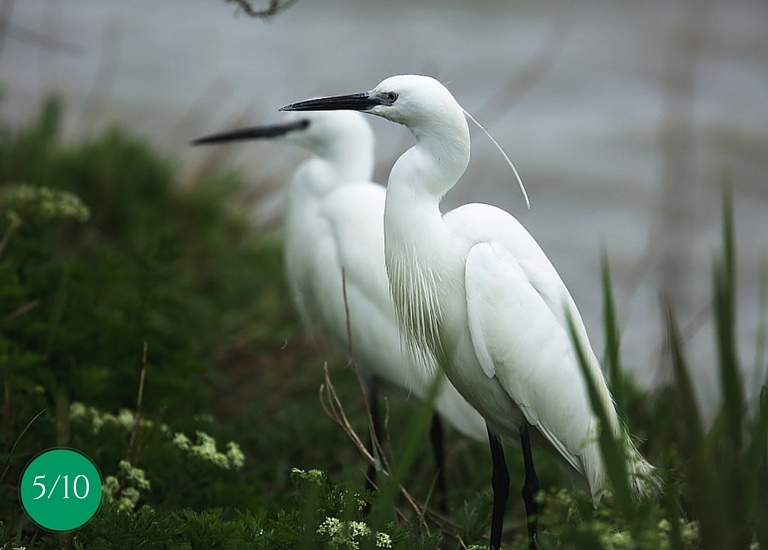
The backwaters are blessed with a rich assemblage of flora and fauna which is protected by preventing the sea water (salty) from entering the fresh water lakes. The livelihood of the communities also revolves around it. It is common to spot large numbers of ducks quacking together in high decibel and moving across the backwaters shepherded by men on small country boats. Some men dive deep into the water to collect lime shells while others cast their nets and traditional cane baskets to catch fish and brackish water shrimps. The aquatic life like mudskippers, crabs and frogs make the scene lively while leafy plants give green hue to the surrounding landscape.

The area of the Vembanad and surrounding backwaters are wetlands of international importance because of its bio diverse ecosystem

Birdwatchers paradise:
If you come between November and February don’t miss a trek in the Kumarakom bird sanctuary at the break of dawn. Besides the 100 odd native birds you get to see migratory birds like the Siberian storks, darters, egrets, heron and teal. As you traverse the paddy fields you could get to see parrots hovering around or flocks of birds like a black blanket sweeping the sky. What a sight!
Nothing beats the real experience, right? Can we interest you in a tour that gives you a look into Kerala's stunning tropical beauty?
Indulge in the cuisine: the real backwater bounty
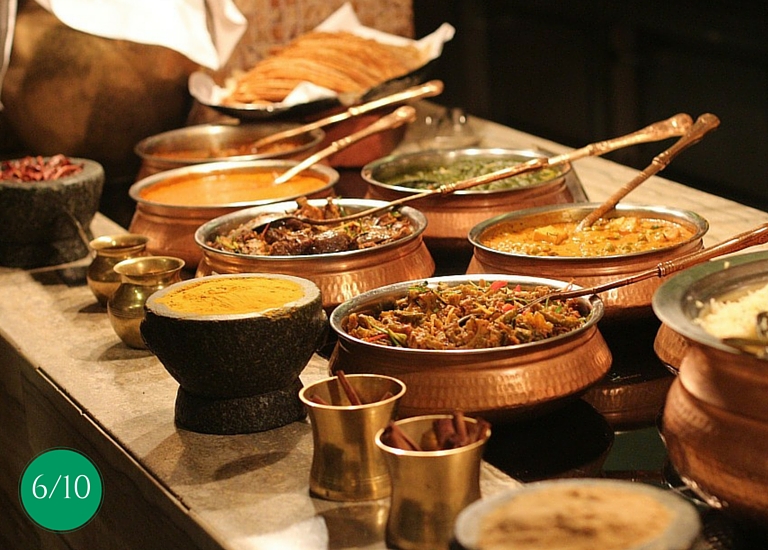
There is this unpretentious dimension to food here. It is generally served on a clean green banana leaf and eaten with one's fingers with no use for cutlery. When it comes to sea food Konju Varuthathu (Shrimp fry/grilled) is a must try. The Kerala fish curry with Tapioca (Kappa Meen curry) made in traditional earthen pots has a unique flavour. A traditional favourite of many Keralites, Kanji along with chutney or payar makes for a perfect light supper. Let us not forget about ‘Karimeen Polichathu’ – a low calorie preparation using a local variety of fish.

Like any authentic cuisine, the Keralan backwater cuisine also takes full advantage of its land produce of excellent seafood, rice and especially coconut.

Where to try it:
While some resorts have speciality restaurants, the small-scale family run kitchens in various parts of the backwaters offer authentic local cuisine. At a home stay you can request your host to prepare some dishes which are not in the standard menu of restaurants. The houseboats also give you a chance to experience the food delights of the region.
Touch the heart of the backwaters in a Village life experience
.jpg)
As you navigate the small canals on a country boat, you come across villagers engaging themselves in fishing, farming, coconut tree climbing, pottery, toddy tapping and so on. The village people also showcase traditional methods of doing things like bow & arrow fishing, organic backyard farming and broom making. Besides being insightful, the village tours are really a chance to try your hand at some of these things yourself. At close quarters you see and experience the simplicity of life in a world uncluttered by the complex issues of urban man.

Village life experience (VLE) at Kumarakom has bagged the UNWTO award as an innovative community based tourism product.

About the VLE:
The VLE is a guided experience which shares the benefits of tourism with the village people and in the process gives an invaluable experience to the traveler. There are trained people who guide you and take you to the homes fields and work places of village people where you get an opportunity to learn from and interact with the rural people to feel the essence of the land. Looking to add a mini-village experience to you Kerala itinerary? Help is just a click way!
The feel of a Backwater Resort
.jpg)
Time tends to lose all meaning as you view the sunset from the relaxing angle of your hammock. At a backwater resort self-discovery is as important as your enjoyment. The idea is to recreate a way of life very typical of the backwater culture. The architecture has a story of intricate craftsmanship and tradition to tell and what’s more, the place is still unsullied by modern ways.

The best of backwater resorts preserve the inherent charm of Kerala having been restored/rebuilt from ancient tharavadus (ancestral homes)

What do you do here?
It is a matter of taste actually. While indulging in the local cuisine may be you could pick-up some dishes from the chef. Yoga halls and ayurveda centres could calm your nerves while the cultural programmes keep you rooted to the feel of the land. Why not learn to wear a traditional Kerala saree or mundu? It’s fun!
Interested in a backwater trip which will take you to a world of serenity, simplicity and silence? We even hand-pick places to stay
Live like a local and immerse yourself in the backwater culture (9/10)
If you wish to collect memories I recommend you pick up some off-beat activities during your stay at the backwaters. The more you immerse yourself in the cultural pursuit, the richer your experience will be. These activities help you do just that.
Activities in the backwaters
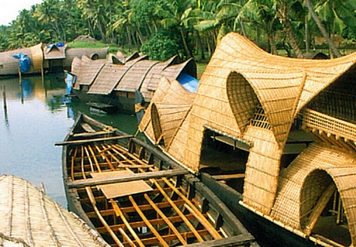
Boat building yard
This is a traditional craft which builds country boats and houseboats with natural products like bamboo, coir, anjili tree wood and cashew oil to waterproof the wood. It is craft totally worth seeing for the skill involved. There are yards at Alumkadavu near Kollam and at Alleppey.

Take a cycle tour
Why not pick up a bike and take a leisurely ride by the paddy fields visiting local markets, small industries and interacting with the villagers to learn about them. It is a leisurely experience totally cut off from the rush of commercial tourism!

Country boat ride
It is when you travel through the narrow canals that you get a glimpse of the village lifestyle that is otherwise inaccessible from the main lands.

Visit a toddy shop
Communication is beyond the beverage at a toddy (coconut liquor) shop in the Kerala countryside. Kallu shops (local name) are famous for their delicious food while the freshly brewed alcohol can be an acquired taste for many!
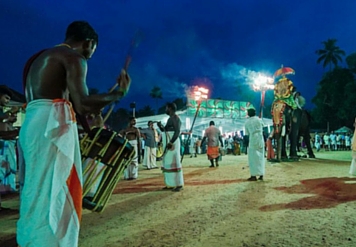
Temple festival
Attending a temple festival in the locality would be really worthwhile experience. It shows so much about the local life.
Choose a backwater region which matches your interest
I hope the preceding sections gave you a fair idea what a typical backwater experience would feel like. Now, as promised, I’ll share some insight on the top backwater regions so as to help you get a better idea of the destinations.
Vembanad Lake (Alleppey-Kumarakom):
Being the largest fresh-water lake in the country and the first to be discovered, tourism infrastructure here is the best. The resorts are simply classy, there are a range of activities on offer and 80% of the houseboats also operate here. Alleppey’s criss-crossing canals evoke it comparisons with Venice and Kuttanad has the below sea-level cultivation systems. Popularity also comes with higher crowds but there is always scope for some exclusive experiences.

Ashtamudi Lake (Kollam):
Quilon (Kollam) was one of the leading trading centres of the ancient world and the starting point of the backwaters of Kerala. Kollam is a famous cashew hub and Monroe island is known for its coir making industry. Alumkadavu is a known houseboat making yard in the vicinity. Even the longest houseboat cruise route in Kerala (8 hours) is from Kollam to Alleppey. Asthtamudi is certainly a consider-worthy backwater with all the elements of a quintessential backwater feel and very close to famous beaches like Varkala and Kovalam.
North Kerala backwaters:
Kerala’s north is no longer a secret. You can look forward to having a more tranquil experience than the crowded backwaters of the Vembanad. The historic forts like Bekal and Chandragiri fort, dozens of small dotted islands along Valiyaparamba or Kavvayi kayal makes this scenic stretch stand out. The wetland ecosystem, fishing centres and a string of luxury resorts makes for a comfy stay too sans the crowds.

The fascinating night view when you see reflection of the moon in the lake and the valleys of mountains in the back setting is my best memory at North Kerala

Words can only do so much, the rest is for you to experience. Any questions or have backwater experiences to share, feel free to leave a comment below. Have a great holidaying experience in Kerala.
Related Tour Packages
Related articles
New Articles
-
1
Apr 23,2019
Nehru Trophy Boat Race 2019: Booking Options
-
2
Apr 19,2019
Nehru Trophy Boat Race: The essential guide
-
3
Jan 19,2019
Everything you need to know about an Ayurveda Holiday in Kerala
-
4
Aug 10,2018
Thinking about Kerala for your next holiday? Start right here!
-
5
Jul 09,2018
Ten secrets to a fascinating backwater experience: Discover it!
Send An Enquiry
WE ARE SOCIAL, LET’S CONNECT

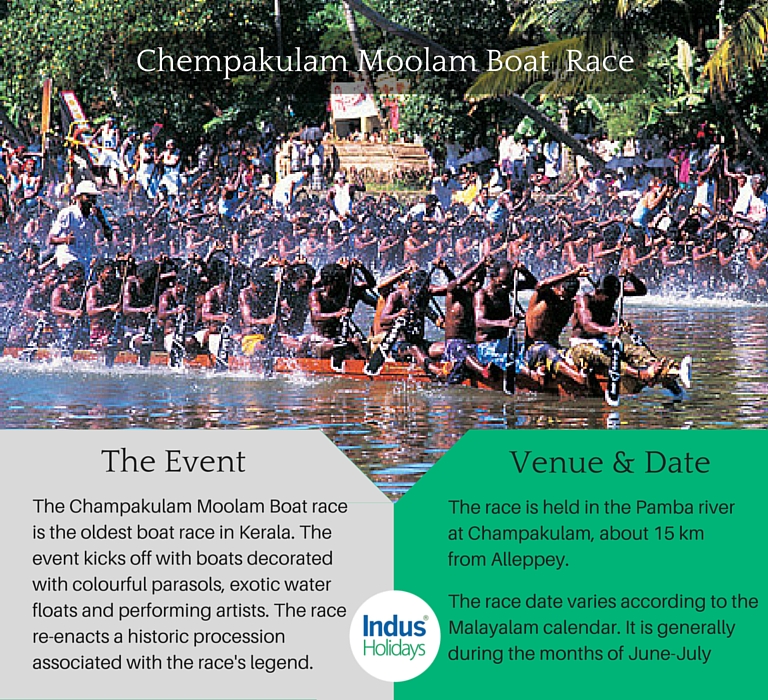



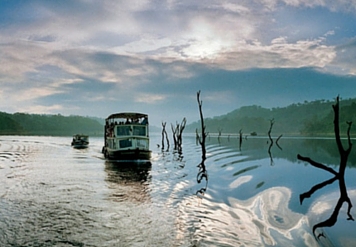

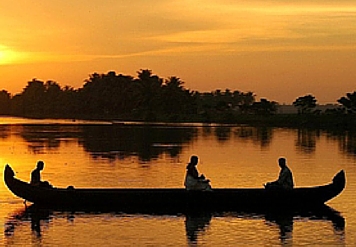


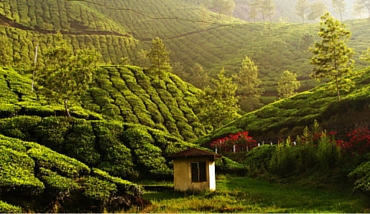
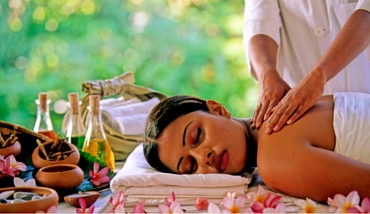

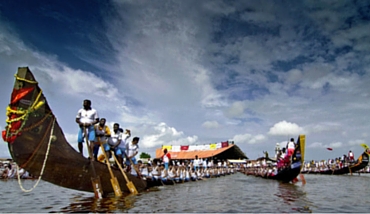
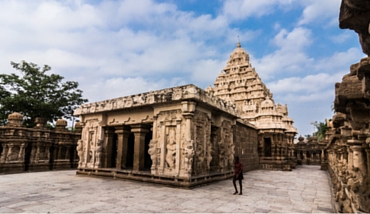

Priya Singh
After reading your article, I checked out your website, and i really like your post. It looks massive and pretty cool. It offers a lot of awesome things to do.
Ram
There is no need to say that Kerala is an ideal tourist destination. This blog has proved it by mentioning the beauty of different destinations that are naturally rich and full of wonders.On my trip to kerala We visited so many places and stayed in so many amazing resorts! One of them in Kollam, the Raviz Ashtamudi. Definitely one of the best backwater resorts in Kerala. The Resort offered unmatchable scenic views from the rooms.